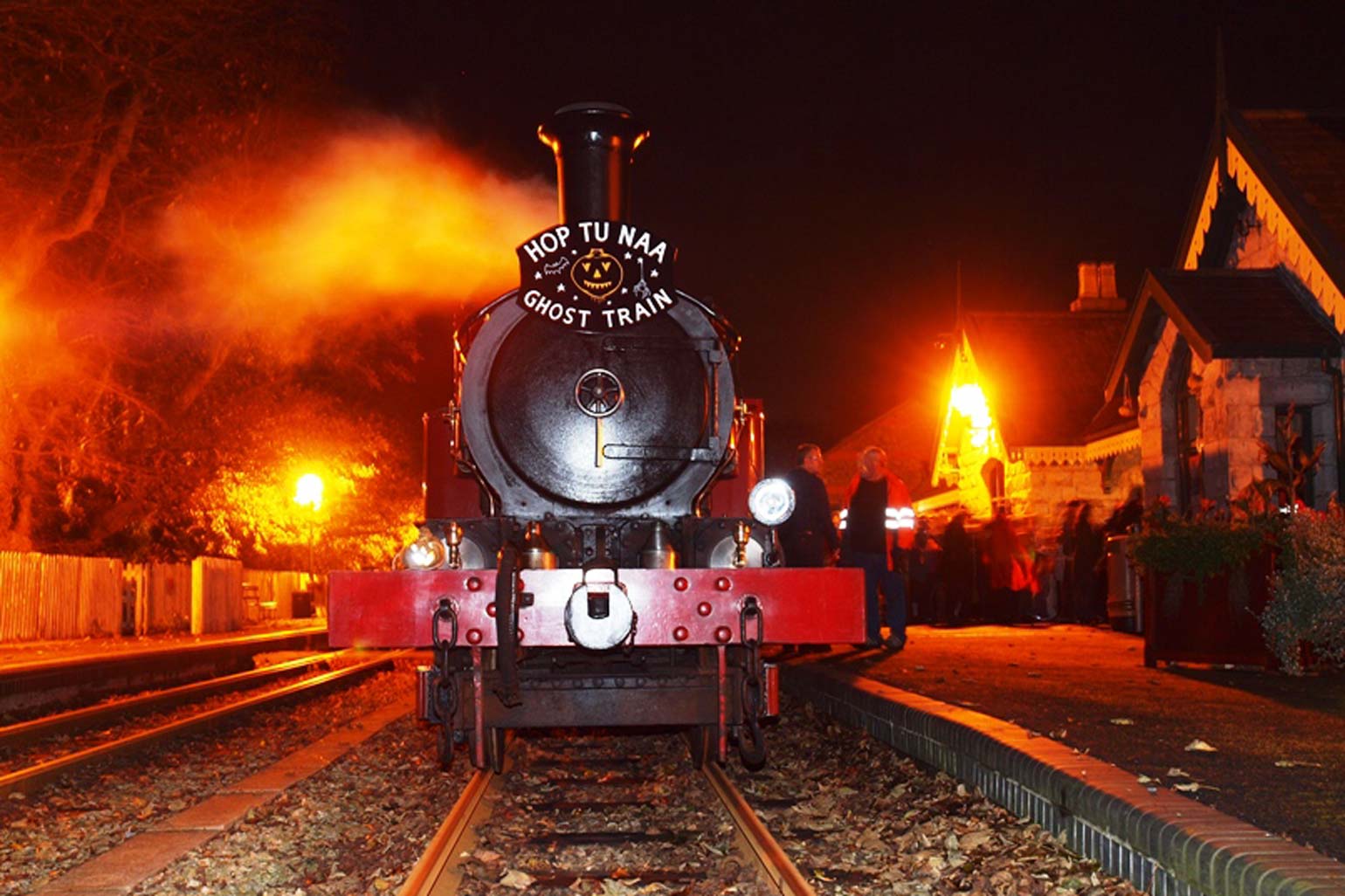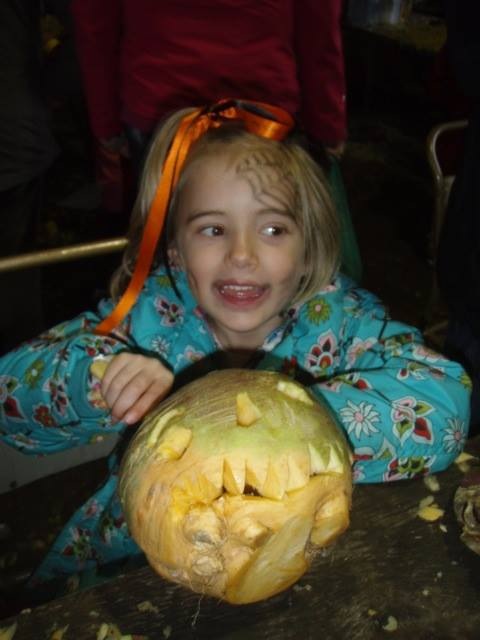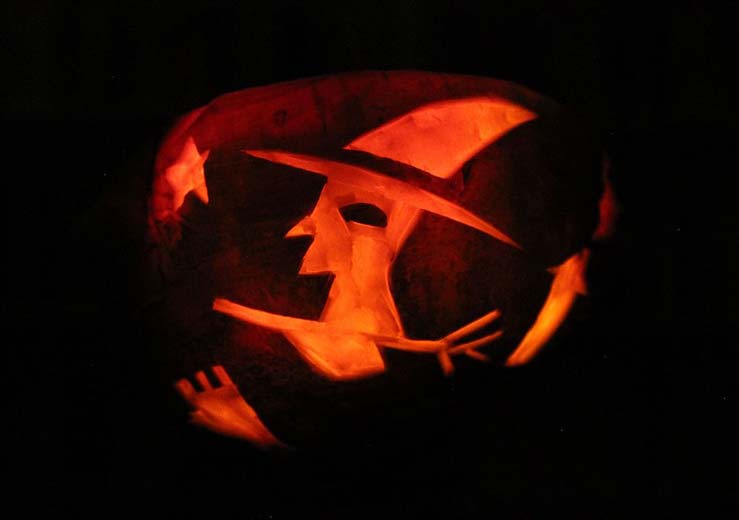
Hop-tu-Naa is an ancient festival celebrated on the Isle of Man on 31st October, the date of the Celtic New Year's Eve (Oie Houney), also called Hollantide Eve. 'Hop-Tu-Naa' is commonly thought to be derived from the Manx Gaelic 'shogh ta'n Oie', which translates as 'this is the night.' The Scots' Hogmanay is of the same origin.
Children and Hop-Tu-Naa
 On Hop-Tu-Naa night, for the last 100 years or so, children have carried out the ritual - echoed by Halloween - of going from door to door, sometimes in ghoulish costumes, singing traditional songs (see Hop-tu-Naa song for regional variations) and asking for sweets or small change. Instead of pumpkins, they carry hollowed-out turnips illuminated by a candle or torchlight. Turnips are also popularly used in Scotland, where the practice is called 'guising.'
On Hop-Tu-Naa night, for the last 100 years or so, children have carried out the ritual - echoed by Halloween - of going from door to door, sometimes in ghoulish costumes, singing traditional songs (see Hop-tu-Naa song for regional variations) and asking for sweets or small change. Instead of pumpkins, they carry hollowed-out turnips illuminated by a candle or torchlight. Turnips are also popularly used in Scotland, where the practice is called 'guising.'
In olden days, it was customary for children to hammer on people's doors with turnip stumps, or cabbages on sticks. Instead of sweets or money, they would have been given pieces of bonnag, potatoes or herring to send them on their way.
Who was Jinny the Witch?
One Hop-Tu-Naa song sung by children to this day includes references to 'Jinny the Witch', who may have been a real-life character. Joney Lowney was a native of Braddan in the 18th Century who was believed to be a witch and consequently tried for witchcraft at Bishopscourt in 1715-1716. Amongst other crimes, she was accused of hindering the production of corn at Ballaughton Mill and mysteriously procuring fishes during a nocturnal disappearance. According to reports, she received a sentence of 14 days' imprisonment. She died in 1725 and is buried in Old Kirk Braddan churchyard.
You May Also be Interested In
Hop-tu-Naa: The Song
Various versions of the Hop-Tu-Naa song are sung whilst celebrating the festival.


